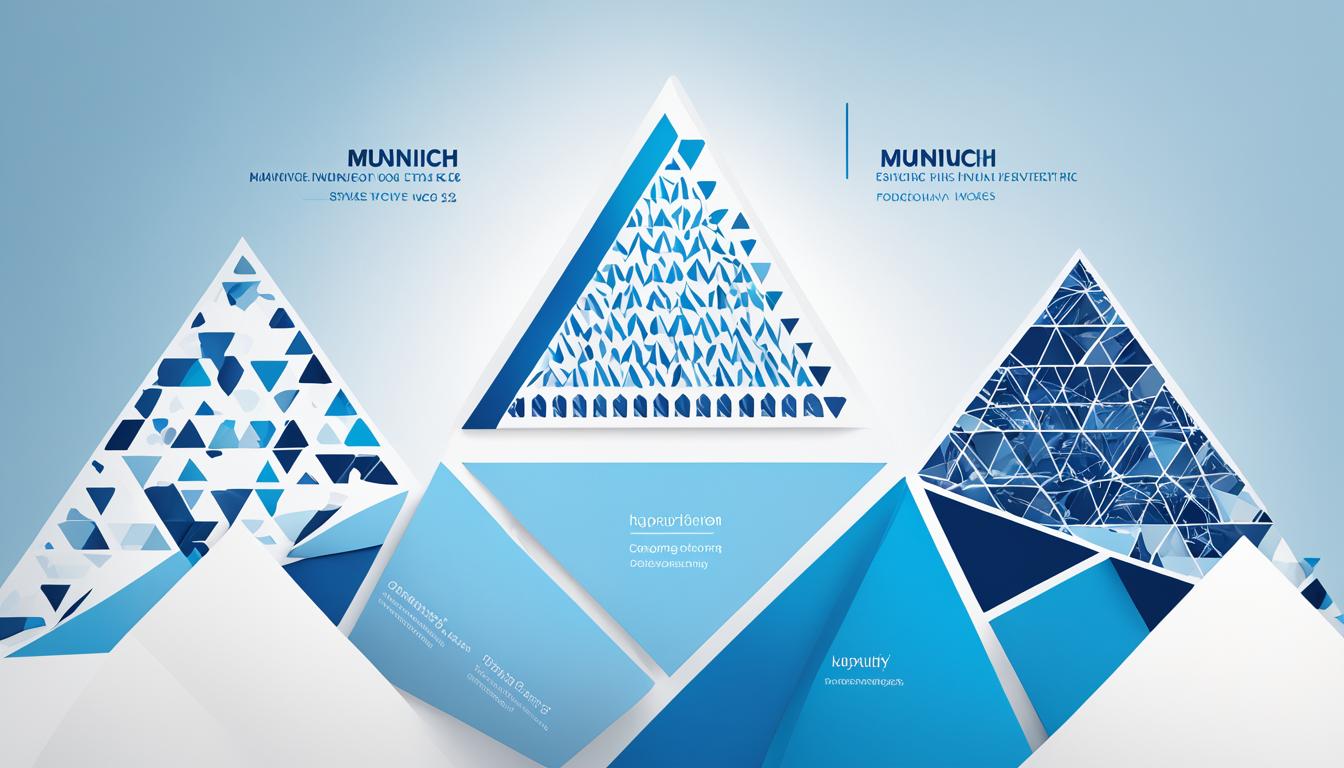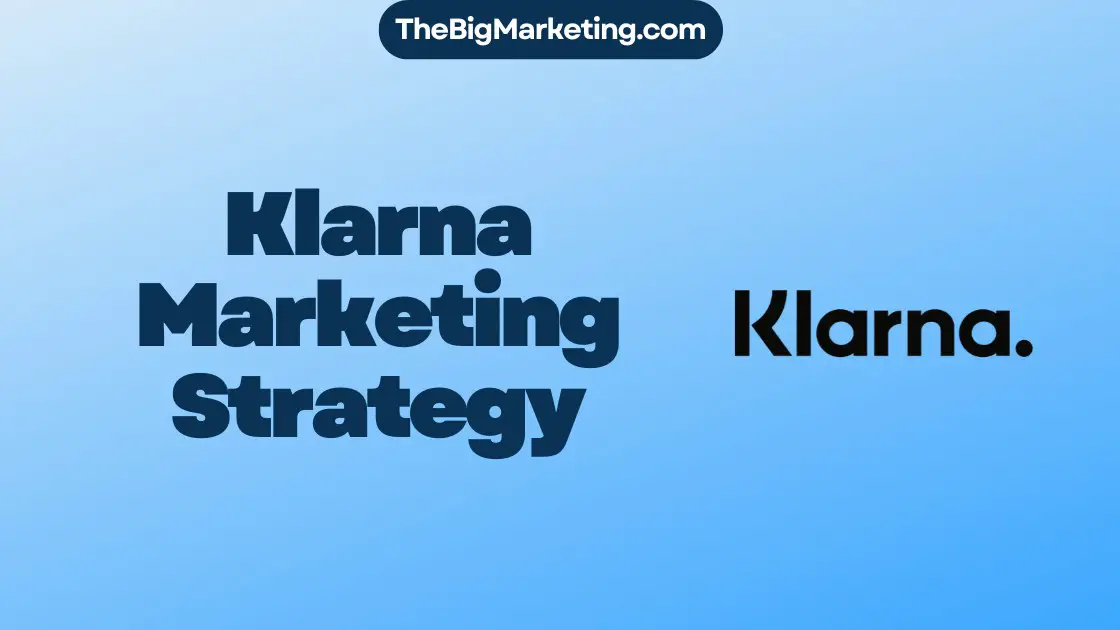Woodland, a Canada-headquartered outdoor wear brand, has successfully implemented a strategic marketing strategy in India. With a focus on selling shoes initially in the metros, Woodland has expanded its reach to tier 2 and 3 towns. Targeting outdoor adventurers, including the age group of 18-24 years and older demographics who appreciate rugged style, Woodland has established a strong presence in North-Eastern states and regions with challenging terrains.
Key Takeaways:
- Woodland has strategically targeted outdoor adventurers in India with its marketing efforts.
- The brand has expanded its market presence beyond metros to reach tier 2 and 3 towns.
- Woodland appeals to a diverse demographic, including the age group of 18-24 years and older consumers who appreciate rugged style.
- The brand has a strong presence in regions with challenging terrains, where sturdy shoes are essential.
- Woodland’s marketing strategy focuses on effectively reaching its target audience and positioning itself as a leading outdoor wear brand in India.
Revenue and Product Portfolio
Woodland has achieved impressive revenue growth, with an approximate revenue of 1500 Cr. The brand has successfully built a diverse product portfolio, offering a wide range of outdoor wear and adventure gear options to cater to the needs of its target audience.
The sales of Woodland products are distributed as follows: 50% comes from shoes, 35% from apparel, and the remaining percentage is generated from other accessories. With its strong focus on footwear, Woodland has established itself as a leading provider of high-quality shoes for outdoor enthusiasts.
Beyond shoes, Woodland also offers a variety of apparel, including jackets, trousers, t-shirts, and accessories like hats and gloves. The brand’s commitment to providing a comprehensive product range ensures that customers can find everything they need for their outdoor adventures under one roof.
Moreover, Woodland extends its product offering to include essential adventure gear like tents, sleeping bags, and other outdoor equipment. By diversifying its product portfolio, Woodland caters to the needs of outdoor enthusiasts and positions itself as a one-stop shop for all their outdoor needs.
To visualize the comprehensive product range offered by Woodland, refer to the table below:
Note: The table above showcases the variety of products available under the Woodland brand, including shoes, apparel, and adventure gear. It highlights the brand’s commitment to providing a wide range of products to meet the diverse needs of outdoor adventurers.
Target Audience and Positioning
A crucial aspect of Woodland’s marketing strategy is its understanding of its target audience and effective brand positioning. The brand has strategically positioned itself to cater to the needs and preferences of the age group of 18-24 years, who are enthusiastic about adventure and outdoor activities.
Woodland recognizes that this target audience is highly receptive to outdoor experiences, making them a perfect fit for the brand’s rugged and durable products. By offering technical products designed for extreme conditions, Woodland has successfully captured the attention and loyalty of outdoor adventurers.
The brand’s positioning emphasizes its commitment to providing high-quality outdoor wear that can withstand the challenges of any adventure. Woodland’s products are specifically tailored to meet the demands of outdoor enthusiasts, ensuring they have the necessary gear to explore nature safely.
In terms of market segment, Woodland shares common ground with popular sports brands like Nike, Reebok, and Puma. This is because their target audience often wears sports shoes alongside Woodland shoes, given their versatile nature. Woodland’s strong brand positioning allows it to compete effectively in this shared market segment.
Woodland’s marketing communication consistently reinforces its outdoor positioning and connects with its target audience. The brand utilizes various marketing channels and platforms to engage with outdoor adventurers and communicate the benefits of its products. By leveraging effective marketing communication, Woodland has successfully established itself as a leading brand in the outdoor wear industry.
Communication and Media Strategy
Woodland employs a robust communication and media strategy to effectively reach its target audience and establish a strong brand presence. The brand adopts international campaigns, ensuring a consistent message across different markets. While Woodland does not tailor these campaigns to local languages, they successfully resonate with their diverse customer base due to their focus on outdoor adventure.
In line with their authentic brand image, Woodland prefers to collaborate with real people as brand ambassadors instead of relying on celebrities. This approach allows the brand to connect with their target audience on a more personal level. These brand ambassadors, who are genuine outdoor enthusiasts, embody the adventurous spirit that Woodland stands for and effectively communicate the brand’s values.
Woodland utilizes various media outlets to maximize its reach. The brand invests in print advertisements and outdoor ads, ensuring visibility in key locations. Cinema and TV commercials are also part of their advertising strategy, with a particular emphasis on channels that align with their target audience’s interests, such as AXN, MTV, Discovery, and National Geographic.
Moreover, Woodland recognizes the significance of social media platforms in today’s digital age. The brand’s extensive online community on Facebook allows them to engage with their customers directly and share updates about new products, collaborations, and outdoor adventures. Additionally, Woodland maintains a personalized YouTube channel, further enhancing their brand visibility and reach.
Overall, Woodland’s comprehensive communication and media strategy, coupled with their focus on authenticity and effective brand ambassadors, enable them to effectively communicate their message to their target audience.
ATL and BTL Strategy
In order to reach their target audience effectively, Woodland implements both Above The Line (ATL) and Below The Line (BTL) strategies. These marketing approaches allow Woodland to connect with their customers through various advertising channels and engage them in interactive events and activations.
ATL Strategy: Advertising Channels
Woodland’s ATL strategy involves using print ads, outdoor ads, cinema, and TV commercials to reach a wide audience. By leveraging these channels, Woodland ensures that their brand message reaches potential customers across different mediums. The strategic placement of their ads allows for easy product integration and maximizes visibility among their youth-centric target audience.
BTL Strategy: Events and Activations
Woodland’s BTL strategy involves actively participating in events and activations to create memorable experiences for their customers and potential buyers. By setting up simulated adventure settings at college fests and adventure sports events, Woodland provides an opportunity for people to try out their shoes in real-life scenarios. This hands-on approach not only allows customers to experience the quality and durability of Woodland products but also fosters a personal connection with the brand.
Furthermore, Woodland goes beyond traditional marketing methods by establishing their own campsite in Rishikesh and Madhya Pradesh. This initiative not only promotes adventure and outdoor activities but also serves as a platform for customers to test and experience Woodland products in a natural setting. These events and activations help Woodland build brand loyalty and create a lasting impression on their target audience.
| ATL Strategy | BTL Strategy |
|---|---|
| Print ads | Participating in events and activations |
| Outdoor ads | Setting up simulated adventure settings |
| Cinema | Hosting college fests and adventure sports events |
| TV commercials | Establishing campsite in Rishikesh and Madhya Pradesh |
The integrated use of both ATL and BTL strategies enables Woodland to establish a strong brand presence, engage with their target audience, and create meaningful connections with customers. By utilizing diverse advertising channels and offering immersive experiences through events and activations, Woodland effectively communicates their brand values and product offerings to outdoor enthusiasts and adventure seekers.
Social Cause and Corporate Social Responsibility (CSR)
Woodland is committed to making a positive impact through its social cause and corporate social responsibility (CSR) initiatives. With a strong focus on environmental sustainability, the brand is actively involved in various initiatives aimed at protecting the planet and supporting local communities.
ProPlanet
One of Woodland’s flagship initiatives is ProPlanet, which seeks to promote environmental awareness and responsible practices among its target audience. Through ProPlanet, Woodland educates customers about the importance of preserving nature and encourages them to engage in adventure sports without harming the environment.
Woodland recognizes that adventure sports enthusiasts have a special connection to nature and believes in fostering this relationship in a responsible way. By encouraging adventurers to explore and enjoy the outdoors sustainably, the brand aims to instill a sense of environmental stewardship.
Partnerships and Collaborations
Woodland collaborates with organizations like UNICEF to support initiatives that address pressing social and environmental issues. For example, the brand actively participates in projects aimed at providing safe drinking water to underprivileged communities, ensuring access to a fundamental human right.
In addition to charitable causes, Woodland also strives to reduce its own environmental footprint. The brand is dedicated to making all its stores carbon neutral, implementing sustainable practices throughout its operations.
Woodland’s commitment to social causes and CSR initiatives is an essential part of its brand identity. By aligning with environmental and social sustainability, Woodland demonstrates its dedication to creating a better future for generations to come.
Technology and Innovation
Woodland is at the forefront of integrating technology into their footwear to deliver high-quality products. They prioritize the use of advanced technology in their manufacturing processes, ensuring innovation and durability in each pair of shoes.
One of the key components of Woodland’s technology-driven approach is the selection of premium raw materials. Italian hides, known for their exceptional quality, are used in their footwear. These hides are carefully tanned and finished using state-of-the-art Italian machinery, resulting in superior leather that enhances the overall quality and aesthetics of the shoes.
Woodland also leverages German technology for their rugged rubber soles, ensuring excellent traction and durability. By incorporating these high-performance soles, Woodland delivers footwear that can withstand challenging terrains and extreme weather conditions.
Innovation and Future Developments
Woodland recognizes the importance of continuous innovation to meet the ever-evolving demands of their customers. They are constantly exploring new technologies and solutions to enhance their product offerings.
One area of focus for Woodland is the integration of high-tech solutions into their footwear. They are investigating the use of dual density soles, which provide enhanced comfort and support. This technology allows for targeted cushioning in specific areas of the foot, reducing fatigue and providing a superior fit.
Furthermore, Woodland is exploring the use of robotics in their manufacturing processes. By incorporating robotics, they aim to streamline production, improve precision, and increase efficiency. This not only ensures consistent quality but also allows for faster delivery of products to meet customer demands.
Woodland’s commitment to technology and innovation sets them apart in the industry. Their dedication to incorporating cutting-edge solutions into their footwear reinforces their position as a brand that prioritizes quality, durability, and customer satisfaction.
| Benefits of Woodland Technology | Woodland Footwear Technology |
|---|---|
| Enhanced durability | Utilization of premium raw materials and advanced manufacturing processes ensures long-lasting footwear. |
| Superior traction and performance | German technology in rugged rubber soles provides excellent grip and resistance to wear and tear. |
| Comfort and support | Exploration of dual density soles for improved cushioning and targeted support in specific areas of the foot. |
| Precision and efficiency in manufacturing | Potential integration of robotics to streamline production processes and enhance overall efficiency. |
Company History and Future Plans
Woodland, originally established as a small manufacturing unit in Delhi in 1960, has come a long way since its humble beginnings. Over the years, the brand has experienced significant growth and success in the outdoor wear industry.
In line with their commitment to meeting the rising demand for their products, Woodland has ambitious plans for the future. The company aims to invest in new manufacturing plants, effectively doubling their production capacity. This expansion will enable them to meet the growing needs of their customers and maintain a strong market presence.
In addition to increasing their manufacturing capacity, Woodland intends to expand their retail footprint. The brand plans to open more stores in major metropolitan areas and Tier-I cities, allowing them to cater to a larger customer base and provide convenient access to their products.
Woodland is also focused on enhancing their manufacturing facilities by incorporating advanced technology. By adopting state-of-the-art equipment and processes, the brand aims to optimize productivity, improve product quality, and further establish themselves as a leading player in the outdoor wear market.
Driven by their ambitious goals, Woodland has set targets for turnover that reflect their determination to achieve sustainable growth and expand their market presence. Through their commitment to innovation, customer satisfaction, and investment in their business, Woodland is poised for a bright future in the outdoor wear industry.
Conclusion
Woodland’s marketing strategy has played a pivotal role in driving its business growth and achieving remarkable marketing success. By specifically targeting outdoor adventurers, the brand has successfully positioned itself as a leader in the Indian outdoor wear market. Through a combination of expanding their market presence and employing effective communication and media strategies, Woodland has been able to connect with its target audience and build a strong brand image.
In addition to its marketing efforts, Woodland’s commitment to sustainability and social causes has further resonated with consumers, enhancing its appeal in the market. By aligning itself with initiatives like ProPlanet and partnering with organizations like UNICEF, Woodland demonstrates its dedication to making a positive impact on the environment and society.
Looking to the future, Woodland’s focus on innovation and expansion sets it on a promising trajectory. Their dedication to incorporating cutting-edge technology in their footwear and continuously striving for product innovation showcases the brand’s commitment to delivering high-quality, technologically advanced products to customers. With plans to invest in new manufacturing plants and expand its retail footprint, Woodland is poised for further growth, solidifying its position as a leading outdoor wear brand in India.








